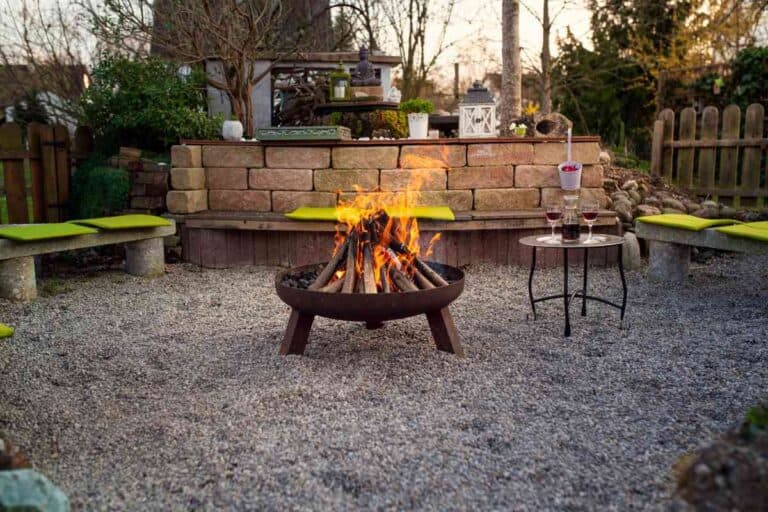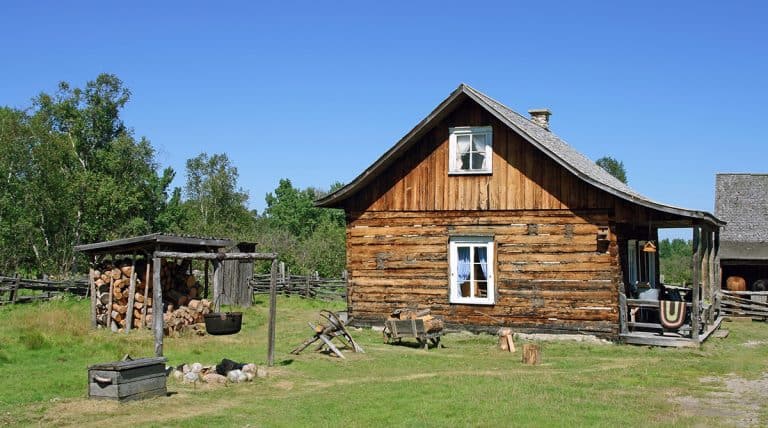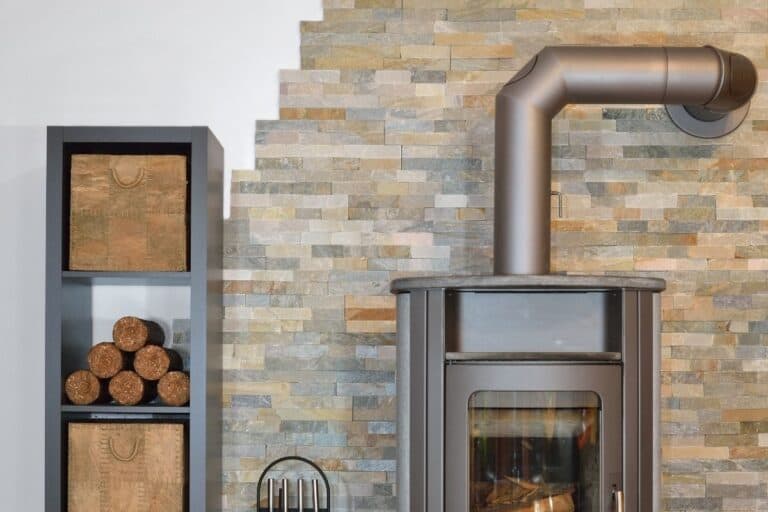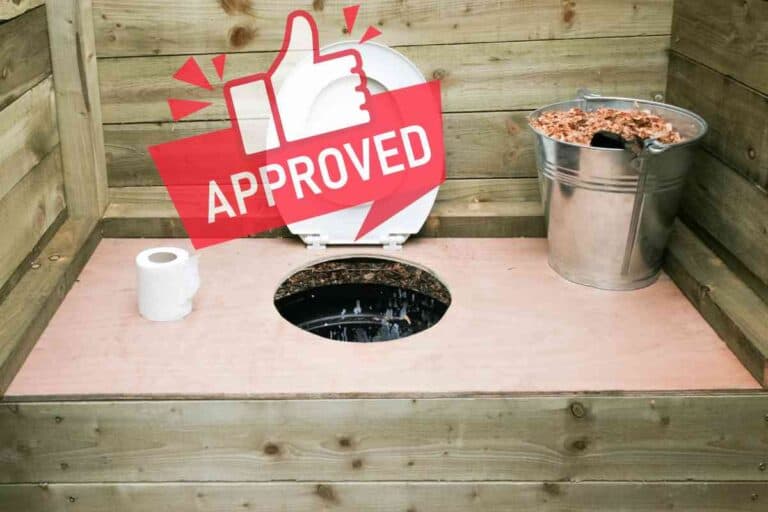Do Wood Stoves Need Fresh Air Intake?
Wood stoves have made indoor spaces cozy for hundreds of years. However, architecture has changed a lot in the last hundred years, and wood stoves have had to change with it. In old houses, fresh air intake wasn’t necessary. Fresh air can be necessary to get a wood stove functioning properly in newer ones.
Wood stoves can need a fresh air intake in some newly constructed houses because they don’t have a good oxygen exchange rate due to insulation. There are advantages and disadvantages to installing a fresh air inlet on your wood stove. Fresh air intakes can potentially cause a fire hazard.
Whether you need a fresh air intake on your wood stove or not depends on the construction of the stove and the room you have it in. Keep reading to learn more about why wood stoves need fresh air intake to work and how you can supply yours.
Why Do Wood Stoves Need Fresh Air Intake?
Traditionally, wood stoves were used in wood construction houses with poor insulation due to gaps and cracks in the home’s construction. This leaky insulation meant it was easy for the combustion stove to pull necessary oxygen from the air in the home to feed the fire without displacing so much oxygen that it made the people inside the home uncomfortable.
Air renewal like this is a little more difficult in modern, heavily-insulated homes. Since modern homes are designed to increase heating efficiency and reduce the spaces where warm air can leak out of the walls, this also means that the wood stove has less fresh air in the room to feed on.
Lack of fresh air intake can lead to a wood stove that is difficult to get started, and it can also cause a drop of oxygen in the room that may make it feel stuffy and uncomfortable. Without proper fresh air ventilation, a wood stove can also be a source of carbon monoxide poisoning.
What is Makeup Air in a Wood Stove?
In wood stoves, makeup air is any ventilation system that introduces fresh tempered air to the room to replace any breathable air lost through the combustion system. Makeup air can help keep the air quality in the room high even while the wood stove is burning. (Source: Hearth.com)
Using Outdoor Air in a Wood Stove
The main reason to use outdoor air in a wood stove is that outdoor air is fresh air. This air has higher oxygen levels than recirculated air from inside the room unless the HVAC system also includes a makeup air system to add air from outdoors.
Here are the main reasons to use outdoor air in a wood stove:
- Reduces smoke build-up in the room: In poorly-ventilated rooms with a combustion stove, smoke may build up in the room and cause air quality problems.This is especially true if the air pressure inside the home is lower than the air pressure outside.
- Prevents the wood stove from starving the room for air: A burning fire indoors can burn up large amounts of oxygen in the space if the home is tightly insulated. This can cause inhabitants in the home to feel stifled and can even lead to carbon monoxide poisoning in severe cases.
- Saves energy by using outdoor air vs. heated indoor air: Using outdoor air in a wood stove prevents the stove from using air in the home that has already been heated. This can lead to a 40-50% increase in efficiency versus a traditional fireplace. (Source: Wood Heat Answers)
In many cases, using outdoor air with a wood stove is recommended even if it isn’t as efficient as it is sometimes reported.
Is Using Outdoor Air More Efficient in Wood Stoves?
Even though the idea that fresh air intake is more efficient in wood stoves is so popular that it is included in many building codes, there is some controversy as to whether this method is more efficient than using air from inside the room the stove is in. The benefits of fresh air intakes for wood stoves are not supported by scientific research. (Source: WoodHeat.org)
So if fresh air intakes aren’t necessarily more efficient than wood stoves without them, then why are they codified in so many building codes? This is because many building codes from decades ago were designed around the construction of mobile homes. In mobile homes, a fresh air outlet is still a building code requirement due to the threat of displaced oxygen in the home.

Are Fresh Air Inlets Required for Wood Stoves?
Fresh air inlets aren’t required by all wood stoves, and homes with leaky insulation that install one may never experience an air quality problem without a fresh air inlet. However, if you’re installing a wood stove in a modern home with modern standards of insulation, you may find that your oxygen exchange is too low to keep the wood stove burning effectively.
You may also want to consider the installation of an outdoor air kit on your wood stove if you notice a decrease in air quality when the wood stove is burning. If the air in the home becomes stuffy and uncomfortable while running the woodstove, this can be a sign that fresh air exchange is needed. (Source: Panadero)
Risks of Fresh Air Intake with Wood Stoves
Even though fresh air intake kits are a popular addition to wood stoves, there are some risks associated with using fresh air rather than air from the room the wood stove is installed in. Here are just a few of the downsides of a fresh air intake in wood stoves:
- Lowered efficiency/increased heat spillage: At the end of the day, wood stoves with a fresh air intake are not necessarily more heat efficient than wood stoves that use air from the room. Cutting a hole in the side of your house for a fresh air inlet can let out a lot of warm air in an otherwise well-insulated home.
- Can pose a fire hazard if installed poorly: Adding too much fresh air and oxygen to a combustion stove can lead to sparks and potential fire hazards, especially if the fresh air intake is installed by an amateur who doesn’t understand how pressurized HVAC systems work.
- Reversed airflow direction due to weather: Outdoor weather can cause the airflow to flow from inside the house to outdoors, effectively sucking the heat out of your home.
If you’re installing a wood stove and you’re unsure whether to install a fresh air intake, it’s a good idea to consult with a stove installation company to assess your specific home conditions.
In some cases it might be a good idea to install a fresh air intake, but in others it might not be. You have to take building codes into consideration, too.
Modern Construction Can Complicate Wood Stove Combustion
When wood stoves were invented, home insulation was leaky enough that getting enough fresh air to keep the wood stove burning wasn’t much of a concern.
These days, with modern insulation practices, you might want to consider a fresh air intake for your wood stove if you find it isn’t burning like it should.







